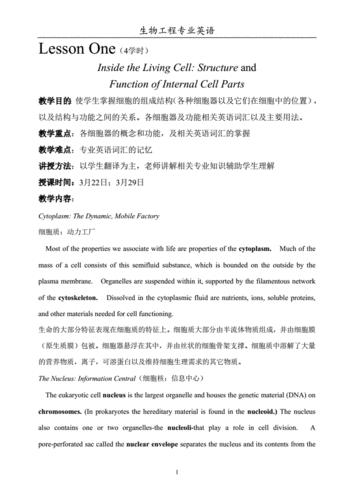Title: Performance Evaluation in the Workplace
Performance evaluation, also known as performance appraisal, is a crucial process in any workplace as it provides an opportunity for both employers and employees to assess and discuss job performance, set goals, and provide feedback. The process typically involves the assessment of an individual's job performance in relation to the requirements of their position and the organization's objectives.
Key Components of Performance Evaluation:
1.
Goal Setting:
Establishing clear and measurable goals is essential for performance evaluation. Employees should have a clear understanding of what is expected of them and how their performance will be assessed.
2.
Feedback:
Regular feedback sessions are important to keep employees informed about their performance. Constructive feedback allows individuals to understand their strengths and areas for improvement.
3.
Skill Assessment:
Identifying the skills and competencies required for a particular job role and evaluating an employee's proficiency in those areas.

4.
SelfAssessment:
Allowing employees to evaluate their own performance and set personal goals. This can provide valuable insights for the performance evaluation process.
5.
Performance Ratings:
Assigning ratings or scores to various aspects of an employee's performance based on predefined criteria.
Benefits of Performance Evaluation:
1.
Employee Development:
Performance evaluations provide an opportunity to identify training and development needs for employees, enabling them to enhance their skills and knowledge.
2.
Recognition of Good Performance:
Outstanding performance can be acknowledged and rewarded, boosting employee morale and motivation.
3.
Identifying Improvement Areas:
It helps to highlight areas where an employee may need to improve, leading to targeted development plans.
4.
Communication:
Performance evaluations facilitate open communication between employees and their managers, fostering a culture of transparency and trust.
5.
Decision Making:
Performance evaluation results can be used for decisionmaking processes such as promotions, bonuses, and succession planning.
Challenges in Performance Evaluation:
1.
Bias and Subjectivity:
Evaluations may be influenced by the rater's personal biases, leading to unfair assessments.
2.
Inadequate Feedback:
Not providing specific and actionable feedback can hinder the effectiveness of the evaluation process.
3.
Overemphasis on Ratings:
Focusing solely on numerical ratings can undermine the qualitative aspects of an employee's performance.
4.
TimeConsuming:
Conducting thorough performance evaluations for all employees can be timeintensive, especially in large organizations.
Best Practices for Effective Performance Evaluation:
1.
Training for Raters:
Providing training to managers and supervisors on how to conduct fair and effective evaluations can minimize bias and improve the quality of feedback.
2.
Regular CheckIns:
Implementing regular feedback sessions throughout the year can make the formal evaluation process less daunting and more constructive.
3.
360Degree Feedback:
Incorporating feedback from peers, subordinates, and other stakeholders can provide a wellrounded view of an employee's performance.
4.
Clear Evaluation Criteria:
Ensuring that the criteria used for evaluation are clearly defined, communicated, and understood by all employees involved.
5.
Development Planning:
Using the evaluation process as a platform to create individualized development plans for employees, focusing on both their strengths and areas for improvement.
In conclusion, performance evaluation is a valuable tool for managing and improving employee performance when conducted effectively. By establishing clear goals, providing regular feedback, and addressing challenges, organizations can create a culture of continuous improvement and development.
文章已关闭评论!
